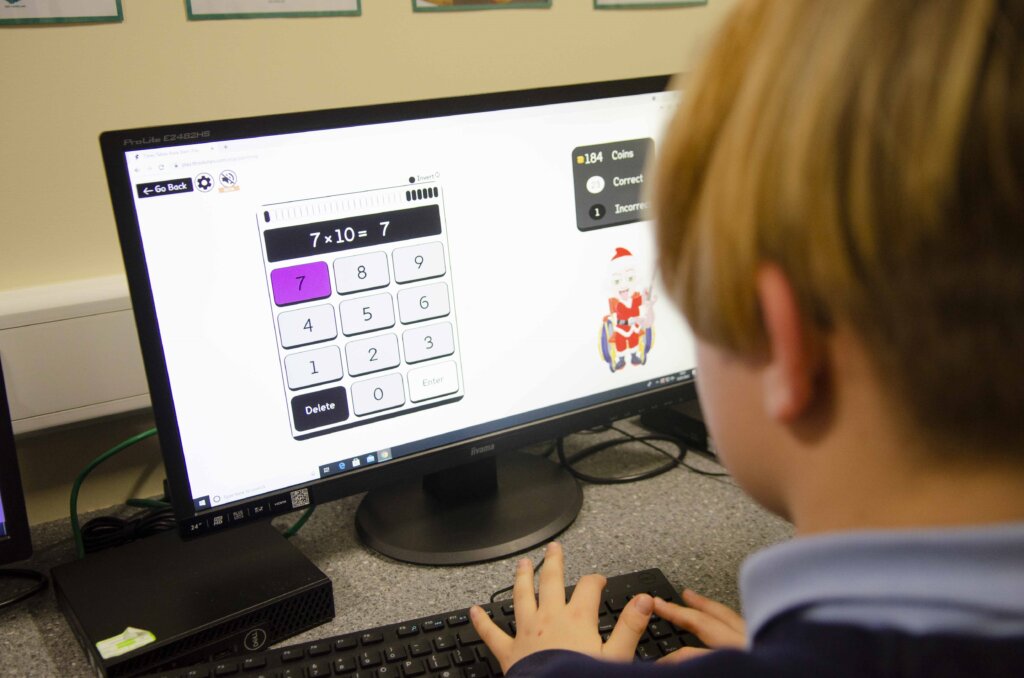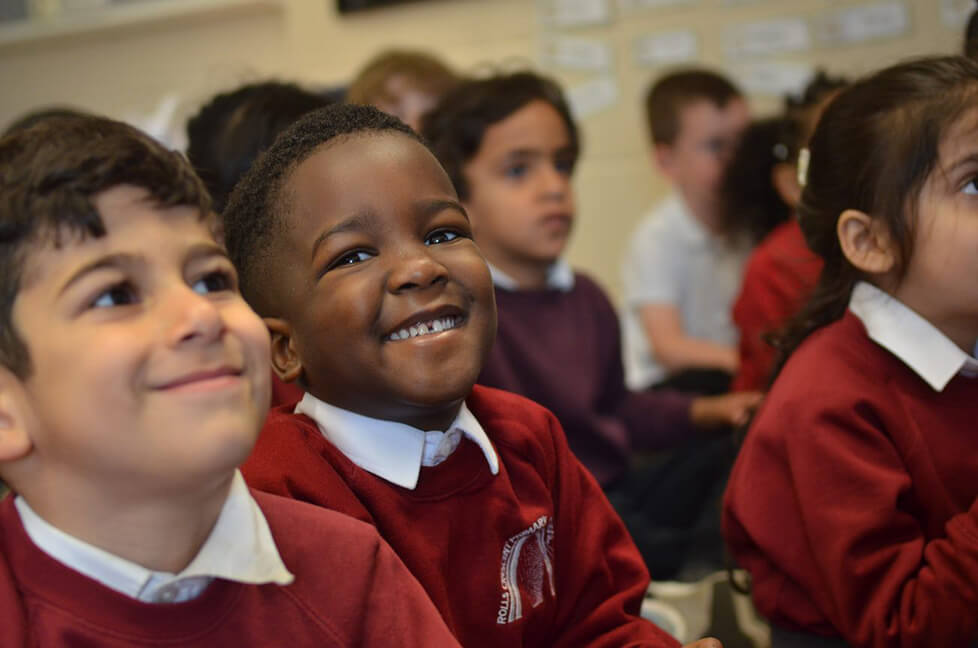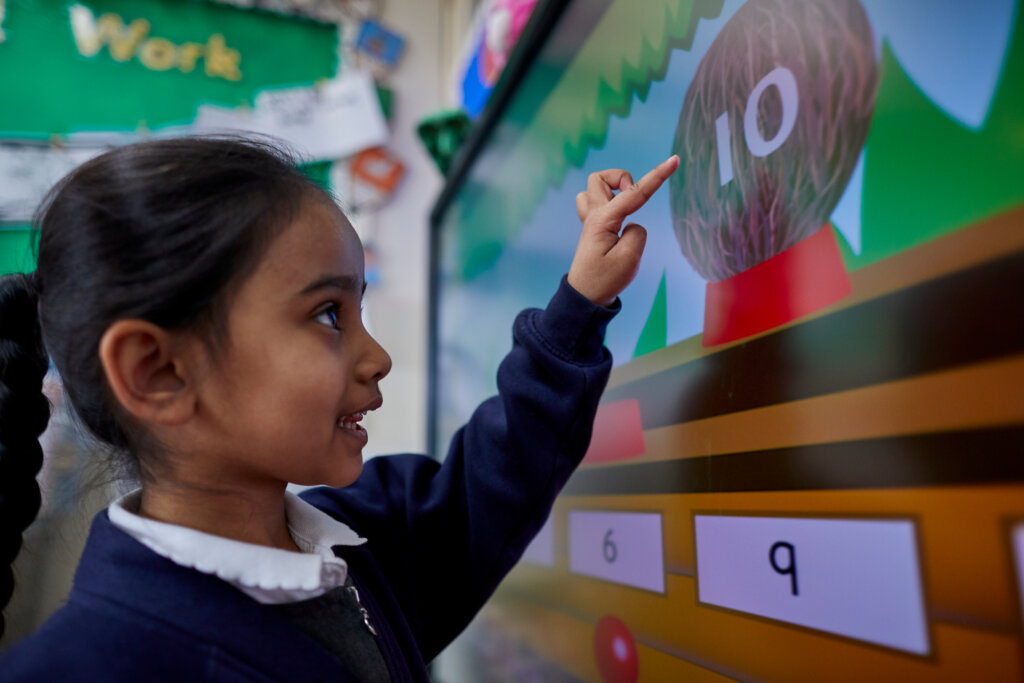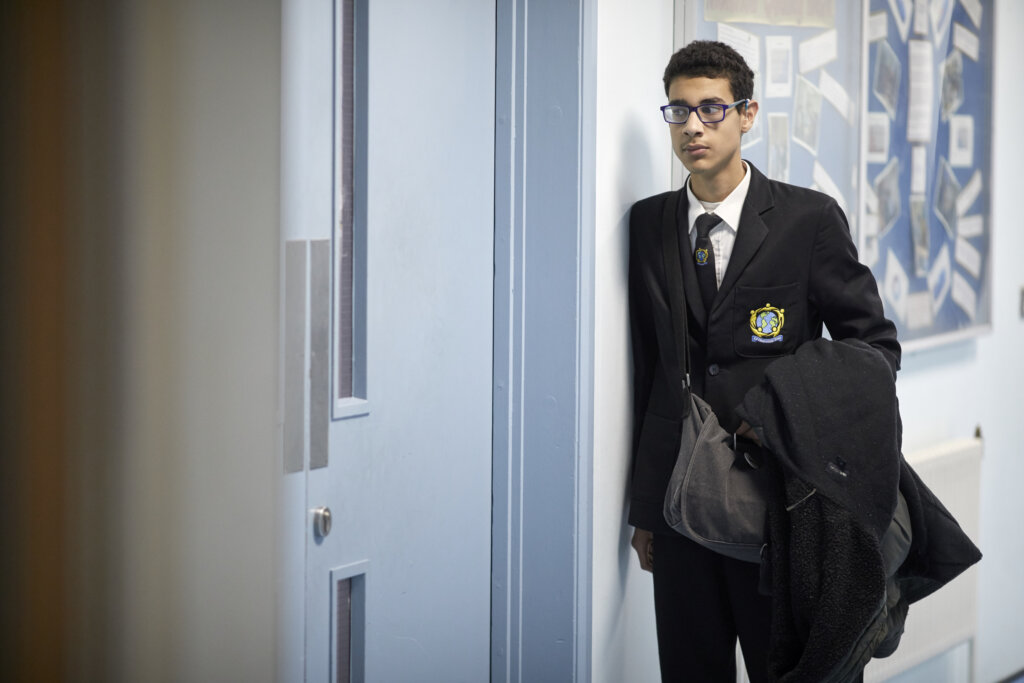The DfE have released the latest data regarding exclusions for the academic year 2018/19. Schools have been trying to focus on inclusion and avoid exclusions by offering alternatives including restorative justice, alternative provision and early interventions. However, the picture does not appear to be showing any marked improvements yet.
The rate of permanent exclusions, calculated as the number of permanent exclusions divided by the number of pupils (x100), has remained the same at .10 for two years now. This trend is reflected similarly across all settings. Unfortunately, the rate of permanent exclusions from pupil referral units has increased from 0.16 to 0.22 in 2018/19. There has, in effect been a reduction of only 11 permanent exclusions nationally.
Regarding fixed term exclusions, unfortunately the rate from state funded primary, secondary and special schools has increased from 5.08 in 2017/18 to 5.36 in 2018/19, an increase of 4327 FT exclusions. This is mainly due to an increase in the secondary sector with an increase in rate of 0.62. The rate in special schools has however, decreased by 1.02.
The main reason for a permanent exclusion remains persistent disruptive behaviour, accounting for over a third of all PEx. Physical assault against a pupil and physical assault against an adult are the other most common reasons. Fixed term exclusions show a similar picture regarding the reasons nationally. Drug and alcohol related exclusions shows an increase across both P and FT.
The characteristics of pupils being excluded continues to reflect a similar picture over recent years with Gypsy/Roma ethnic groups having the highest rate. Boys have 3 times the number of P ex than girls although the balance is changing slightly. Exclusion of BAME (Black, Asian and Minority Ethnic) young people, especially fixed term, is still disproportionate especially in some areas.
Many schools have excellent systems for inclusion and provide the resources, expertise and time to try and identify strategies and a whole school ethos to prevent pupils being excluded and where early intervention can have a positive impact. We need to ensure that these good practices are shared and explored by all schools. Developing open working relationships with other schools and provisions in the area to offer additional resources can benefit youngsters. With the ever-increasing demand on budgets and reduction in resources, schools and local authorities need to be continually reviewing their data to identify specific local challenges that they have so that relevant interventions can be effective. This may not only be at pupil level but on a community and cultural level to increase mutual understanding and therefore utilise the diverse, if sometimes limited resources available effectively.
Any data that will be produced in the coming year may not be able to provide clear comparisons due to covid 19 and the fact that we know many pupils may have difficulties returning to school in September after long periods at home. In some circumstances perhaps, young people have had different behavioural parameters and expectation to adhere to. There will be an increase in vulnerable pupils returning after having experienced and witnessed situations at home and in the community possibly including abuse, domestic violence, gang culture and online activities. This may result in changes in behaviour of these pupils and schools need to be extra vigilant to be able to safeguard and support the young people and help them through the adjustment of successfully returning to possibly a more structured system.
There is always a reason for pupils demonstrating behaviour that may be deemed unacceptable. One of the solution is to try and find the reasons for this as early as possible before it presents as a difficult choice whether to exclude, so that long term solutions, that will affect the young person’s entire life can be implemented as early as possible.















